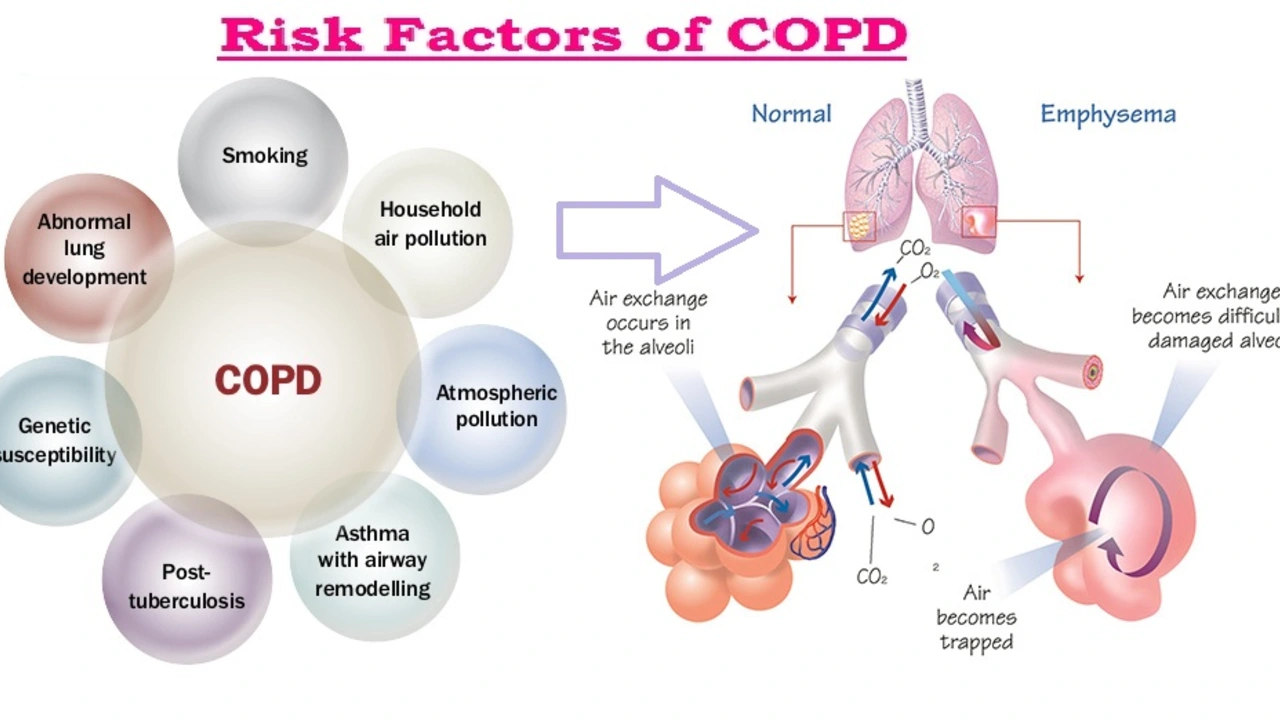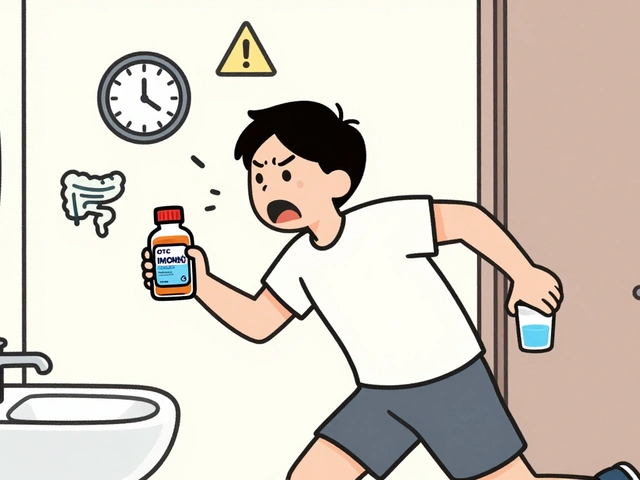Lincomycin and COPD — what we covered in November 2023
In November 2023 PharmaServe published a focused piece on using lincomycin for Chronic Obstructive Pulmonary Disease (COPD). If you or someone you care for lives with COPD, you probably wonder whether antibiotics like lincomycin should be part of the plan. This summary pulls together the key points: how lincomycin works, what the evidence says, safety concerns, and practical steps you can take with your clinician.
What lincomycin does
Lincomycin is an antibiotic that targets certain bacteria by stopping their ability to make proteins. It’s related to clindamycin and is mainly used against gram-positive bacteria and some anaerobes. In COPD care, antibiotics are usually given to treat or prevent flare-ups caused by bacterial infections. Lincomycin isn’t a routine long-term drug for COPD, but recent discussion and some small trials have explored its role for specific patients who get frequent bacterial exacerbations despite standard therapy.
The November article explained that lincomycin may reduce bacterial load in the airways and lower the risk of short-term flare-ups in select cases. A few small clinical trials and case reports suggest fewer exacerbations over months of follow-up when antibiotics are used carefully for patients with documented bacterial colonization or repeated culture-proven infections. Those results are early and don’t make lincomycin a universal choice.
Practical advice and safety
Here’s what matters if you’re thinking about lincomycin for COPD: first, don’t self-prescribe. Antibiotics need a clear reason — a sputum culture, an acute bacterial infection, or a specialist’s recommendation. Lincomycin can cause side effects such as diarrhea, nausea, and, less commonly, severe diarrhea from C. difficile — a serious complication. It can also interact with other drugs, so your clinician should review your full medication list.
Antibiotic resistance is another big issue. Using lincomycin without clear evidence of bacterial infection can encourage resistant organisms and make future infections harder to treat. The article emphasized targeted use: test when possible, use the shortest effective course, and consider alternatives like macrolides or amoxicillin-clavulanate depending on the bacteria and local resistance patterns.
If you have frequent exacerbations despite inhalers, rehab, and smoking cessation, ask your clinician about sputum testing and whether a targeted antibiotic approach could help. Also discuss vaccination, airway clearance techniques, and long-term preventive strategies before relying on antibiotics.
PharmaServe’s November coverage aimed to give a clear, practical look at lincomycin in COPD — useful if you’re researching options or preparing for a doctor visit. If you want, read the full post for more details on the small trials and patient cases that influenced the discussion.

Hello there. Today, we'll be discussing the use of Lincomycin in managing Chronic Obstructive Pulmonary Disease (COPD). It's a fascinating subject as this antibiotic brings new perspectives in managing this lung condition. We'll cover how this medication works, what the recent studies are saying, and how it could be a game-changer in COPD management. This is critical information for COPD patients and healthcare providers alike. I hope you find this useful and insightful!






